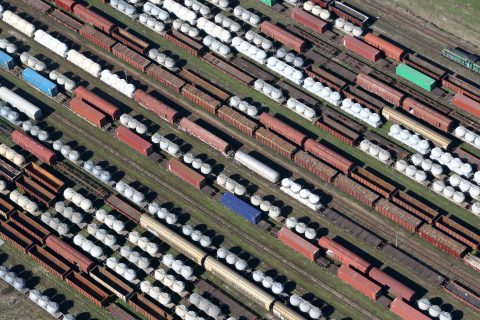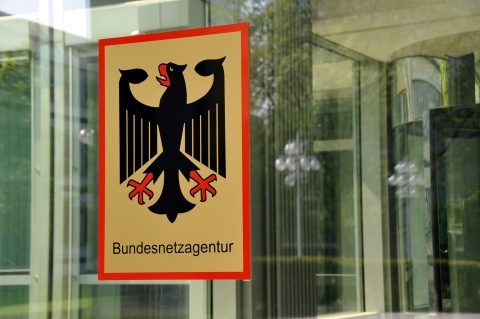Swiss railway companies propose four measures to decongest the Rhine-Alpine Corridor

Swiss railway companies presented four measures “to safeguard capacity and stabilise operations on the railway line on the left bank of the Rhine, via France”. The companies involved are VAP, BLS Cargo AG, Hupac Group, and SBB Cargo International. “The completion of the Rhine Valley railway between Karlsruhe and Basel is not expected before 2040-2045. Workable alternative solutions shall be implemented,” Hupac claimed.
The importance of alternative routes on the left bank of the Rhine has increased due to rising capacity bottlenecks along the main line. After the Rastatt incident, for example, the Alsatian line became increasingly important, since it could be used for the P400 profile.
The four measures suggested by the companies include a quick upgrade of the Wörth-Lauterbourg-Strasbourg line, easier access to diversion routes via France, better management of corridor renovations in Germany, and a collaborative effort from infrastructure managers of the Rhine-Alpine corridor.
The role of Swiss authorities
First, the companies are suggesting “the modernisation of the north-south axis on the left bank of the Rhine”, considered vital for the growth of the New Railway Link through the Alps (NRLA). With relatively little funding, an additional capacity of 60 freight trains per day can be attained within a few years, according to the company.
“With two motions, the Swiss parliament has paved the way for Switzerland’s active participation in the expansion of the North-South corridor on the French side as well,” Hupac added. The company highlighted that it is now up to Swiss authorities to start negotiations with “neighbouring countries to achieve electrification and upgrading of the Wörth-Strasbourg line as an alternative route”.
The companies urge infrastructure managers to collaborate
The second measure discussed by the companies is that “infrastructure managers involved in Germany, France, and Switzerland should draw up a joint catalog of continuous train paths, in order to let as many freight trains as possible run through this bottleneck in a stable and fluid manner”. One of the quicker solutions to increase capacity would be to lift the ban on night rail traffic, the company pointed out. Another solution would be hiring bilingual staff to facilitate communications with German-speaking train conductors.
For the third measure, they are proposing that “infrastructure managers must ensure that there are no open construction sites, that the facilities are problem-free, and that the necessary equipment is available for all trains using the alternative routes,” before closing a line. This would allow for rail freight traffic to operate without interruptions on the main routes.
The fourth and last measure leans towards cross-country cooperation among infrastructure managers involved with the corridor. “The challenges in freight transport on the Rhine-Alpine corridor can only be mastered through international cooperation,” Hupac commented.
Also read:
- Hupac’s terminal opening ánd RailFreight Summit in Warsaw
- Hupac goes daily on Duisburg-Gadki connection
You just read one of our premium articles free of charge
Want full access? Take advantage of our exclusive offer





